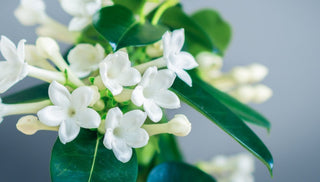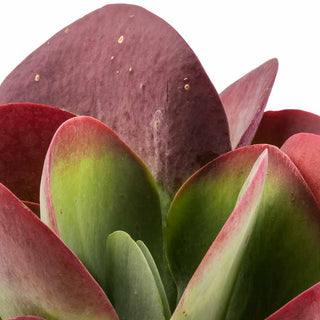☘ Origin: Southeast Asia, Philippines and Australia
☘ Family: Orchidaceae
☘ Botanical Name: Phalaenopsis
☘ Common Name: Moth/Moon Orchids
Symbolism: Due to their namesake, orchids are associated with fertility and virility. These associations, coupled with their exotic appearance, have given them a long history of being associated with love and elegance throughout various cultures and time periods.
🍃 Shop your Orchids Today!
🔆 Light
Moon Orchid prefers bright indirect light, such as the light from an east-facing window. Don’t let your plant sit in direct sun, as the foliage and delicate flowers may scorch. If your Orchid does not get enough light, it will likely not rebloom.
💧 Water
Orchids require very little water. Their roots are highly specialized organs designed to soak up water very quickly and breathe. They need regular periods of drying alternated with heavy watering
To give your plant the absolute best, room-temperature rainwater and bottled spring water are your best options. Any water containing sugar or salt will hurt your plant!
☁️ Humidity
Orchids need high humidity the appreciate occasional misting using filtered-water.
🌡️ Temperature
Prefers temperatures between (10-29°C) and airflow around the roots. Avoid placing your plants near heating and air conditioning sources.
🧴️ Food
Feed once a week during the growing season with a special liquid fertilizer. No need to fertilize it in the winter.
🐾 Toxicity
Most species of Orchids are not toxic or poisonous to cats, dogs, or humans. However, if ingested, Orchid parts can cause stomach upset and discomfort. For the most part, Orchids are safe to have in your home if you also have pets or small children.
➕ Additional Tips
Orchids blooms will last longer if you can provide a mild, warm, and somewhat humid environment. Don't place your orchid where it will experience cold drafts or exposure to direct sunlight heating drafts. Dry air, direct heat, and chills are enemies of these delicate flowers.



